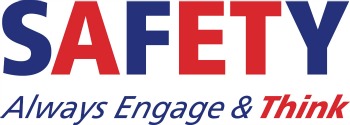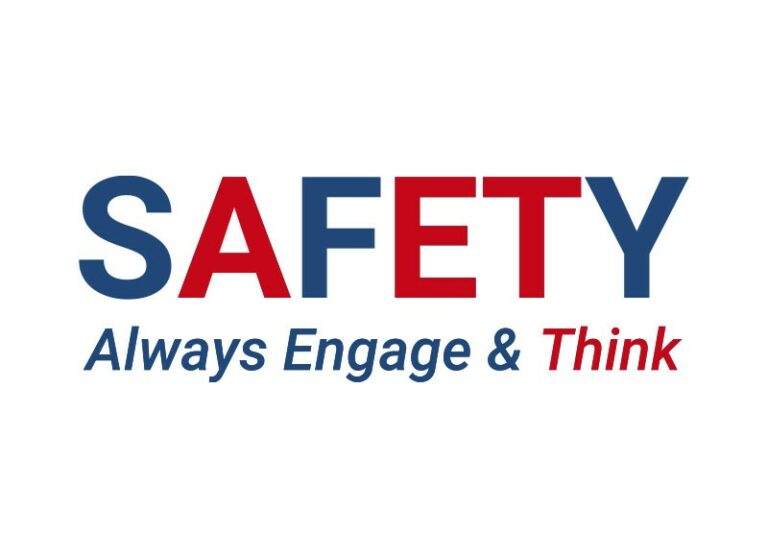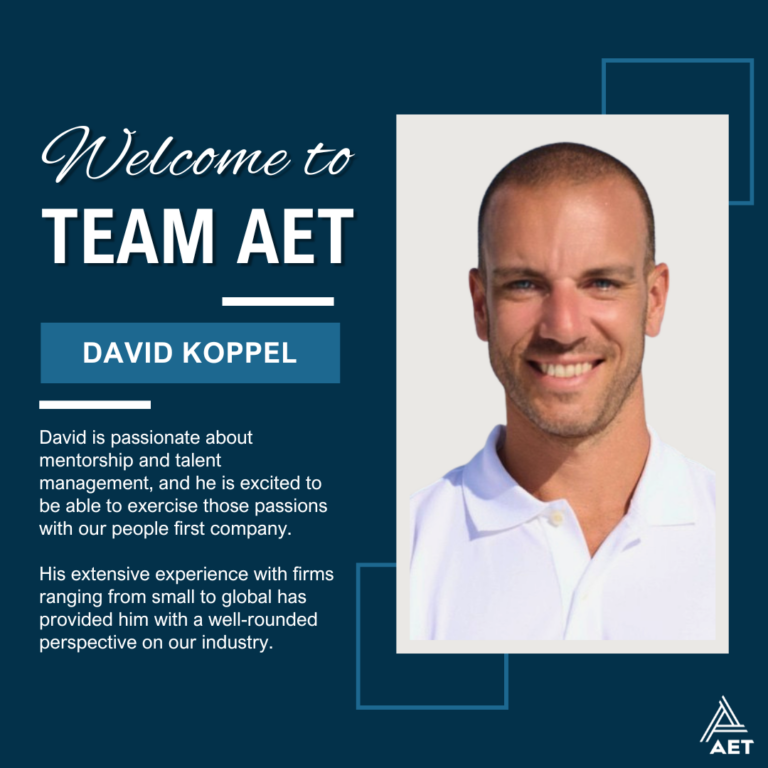 At the beginning of 2014 American Engineering Testing (AET), initiated a Safety Management System (SMS). We chose to focus on five key components; Management Commitment, Employee Engagement, Safety Management Planning, Preventive Management Systems, and Compliance & Hazard Management. The foundation of these components came from the ANSI/AIHA Z10-2012 consensus standard on occupational health and safety (OHS) management systems. It uses recognized management systems and principles that are compatible with quality and environmental used by companies in the U.S. and around the world.
At the beginning of 2014 American Engineering Testing (AET), initiated a Safety Management System (SMS). We chose to focus on five key components; Management Commitment, Employee Engagement, Safety Management Planning, Preventive Management Systems, and Compliance & Hazard Management. The foundation of these components came from the ANSI/AIHA Z10-2012 consensus standard on occupational health and safety (OHS) management systems. It uses recognized management systems and principles that are compatible with quality and environmental used by companies in the U.S. and around the world.
We have worked to create a SMS that would provide a continuous improvement process within the business to bring us to the top of the industry and be a known safety leader. The components of the SMS develop a vision for safety to align leadership and our organizational structure. It identifies processes that cause poor organizational culture and creates a new and optimal safety climate. We work to engage each level of employee in significant safety interventions – front line, middle management and senior leaders; to move the focus of the organization from lagging indicators to concentrating more on proactive leading symptoms that may be creating the hazards.
Research has shown there are numerous identified leading indicators found critical to creating a positive safety climate. The following are most common:
- Demonstrate management commitment and support – The commitment from leadership is critical for establishing and maintaining a positive safety climate! Just saying, “Safety is #1,” is an easy phrase to say and does not automatically translate into a positive safety climate. Conversely, just saying it can have the opposite effect.
- Integrate safety as a value – Safety should be aligned and integrated throughout the company’s business practices to ensure it is not treated as less important than any other function.
- Ensure accountability at all levels – A positive and effective safety climate cannot exist without accountability throughout an organization. Specific responsibilities for implementing safety must be clearly defined at all levels by role, and communicated and reinforced throughout the organization regularly.
- Improve site safety leadership – Supervisors have the authority and ability to make changes and correct hazards on the job site. Therefore, how they lead, act as role models and communicate are probably the most important factors in determining the degree to which a strong positive project safety climate is achieved.
- Empower and involve workers – Involving workers in safety-related planning and decision making and empowering them to speak up when they identify hazards will help bridge the communication gap between workers and management, build trust and promote a shared belief that a positive safety climate is integral to getting the job done.
- Improve communication – Clear and consistent communication about the importance of safety and its alignment with other organizational goals and objectives is at the core. Effective safety-related communication can create a strong positive climate, while ineffective or poor communication can stifle it.
- Train at all levels – All employees must know and understand where and how they fit into the safety climate. The best way to ensure that this happens is to provide ongoing, effective training tailored to the specific roles and responsibilities at each level or the organization.
- Owner/Client involvement – Owners are uniquely positioned to promote safety as an organizational value. They have the authority to develop and issue project policies, shape bidding practices and approve budgets, all of which, if done with a focus on safety, can drive a strong project safety climate.
The measurement of the eight most common indicators, of course, should be done regularly with inspections, audits, and a communications check to assess how everything is progressing. In the ANSI/AIHA Z10-2012 consensus standard on occupational health and safety management systems; Plan – Do – Check – Act, is put into place as the measurement tool. We use this tool for our continued improvement process.
Partner with AET and let’s move forward together towards an accident-free workplace and keep our employees free from harm’s way.
For more information please see out Environmental Health and Safety Statement



